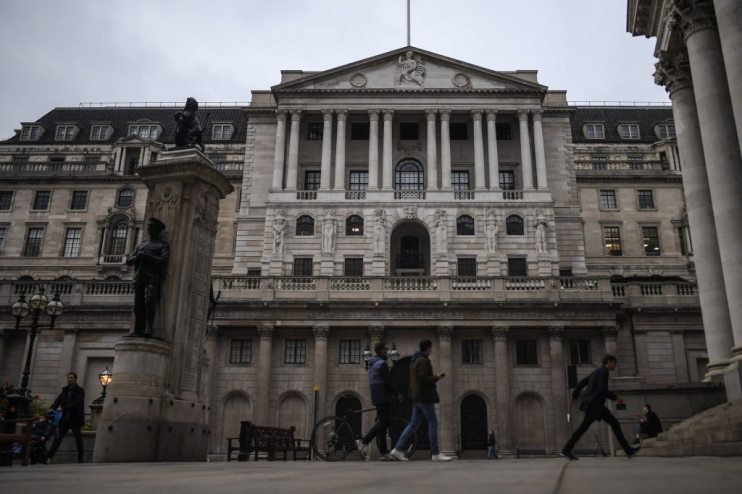Swelling energy bills propel inflation to 4.2 per cent, more than double Bank of England’s target

Swelling household energy bills have propelled inflation to more than double the Bank of England’s target, dialling up pressure on the Old Lady to act to hose down red-hot price rises.
Inflation scaled to 4.2 per cent in October, up sharply from 3.1 per cent in the previous month, according to the Office for National Statistics (ONS).
The last time inflation was at least this high was in December 2011.
The elevated inflation print, compounded by a robust jobs report released this week, has ramped up pressure on the Bank to hike interest rates at its next meeting in under a month’s time.
The Old Lady sat on its hands around a fortnight ago and left interest rates at a record low 0.1 per cent, despite expecting inflation to rise even higher to five per cent next spring.
Yael Selfin, chief economist at KPMG UK, said the near-decade high inflation clip will “seal the Bank of England’s resolve to raise rates in December.”
The Institute of Directors’s chief economist, Kitty Ussher, urged the Bank to hoist rates “to show it means business” by getting “inflation expectations back in line with their mandate”.
The hotter than expected print extends a streak of sages on Threadneedle Street undershooting their inflation bets. The Bank thought prices would rise 3.9 per cent in October.
The ONS’s old measure of inflation, the retail price index, reached six per cent, the highest since 1991. Factory prices rose at the fastest pace in over a decade, indicating inflation is deeply entrenched in the UK.
Chancellor Rishi Sunak explained the sharp bounce back in demand as economies around the world rebound from the Covid-19 crisis has driven up inflation globally.
“We know people are facing pressures with the cost of living,” he said.
A global energy crunch has caused gas prices to skyrocket, prompting the UK energy regulator to hike a cap on the amount suppliers can charge customers 12 per cent, the main culprit for spiking inflation.
Gas and electricity prices climbed over 18 per cent and 28 per cent respectively.
In addition to climbing household energy bills, “a rise in the cost of second-hand cars and fuel as well as higher prices in restaurants and hotels” also led inflation higher, Grant Fitzner, the ONS’s chief economist, said.
Soaring inflation, compounded by tax hikes and anaemic wage growth is intensifying the cost of living crisis squeezing households across the UK.
The Institute for Fiscal Studies estimates those earning £30,000 would need their pay to increase 7.1 per cent to maintain the same standard of living if inflation hits five per cent.
Stripping out Covid-19 data distortions, pay grew 3.4 per cent in the last quarter, according to the ONS.